Europe’s oldest salt mine is located in Wieliczka, where 25 million tones of salt have been mined over the last 1,000 years. The mine is in operation to this day. Due to the therapeutic microclimate, exhausted mine shafts are used as sanitarium facilities today. Conferences and balls are also held in the subterranean chambers. There is even an underground restaurant. Unused excavation sites have also been adapted to house a mining museum with objects dating as far back as the 11th century. The caves and several chapels are decorated with numerous salt sculptures. The most unusual site is a 17th century underground church, within which everything is carved from salt – from the chandeliers to the figure of its patron saint, St. King.
Wieliczka at the outskirts of Cracow has been the salt-mining centre since the 13th century. The length of its shafts and tunnels totals 350 kilometres. Besides, there are above 2,000 underground excavating chambers. The salt mine, still in operation, has been included on UNESCO World Cultural Heritage List. The three upper levels out of the overall 9 are open to tourism. The 4.5 kilometre route extends to a depth of 136 metres below the ground, passing 20 chambers and numerous underground lakes on its way. Many chambers are decorated with intricate salt carvings. In the St Kinga’s Chapel where regular concerts are held, there is an altar carved from salt. The mine museum tells about the history of salt mining. A local curiosity is the sanatorium situated 211 metres below the ground where asthma and bronchitis are treated. While in the environs of Wieliczka, it is also worthwhile visiting the castle (Zamek Żupny) dating from the 14th century with a museum, displaying, among other objects, an interesting collection of old saltcellars.
The Wieliczka Salt Mine in Brief:
Age: over 800 years old
Length of galleries: over 300 kilometres
Tourist route: over 2,000 metres
Visitors: 700,000 per year, from all continents
Unique features: underground lakes, chambers and pits, chapels and sculptures carved in salt rock, wooden bridges and passages
Highlights: the Chapel of the Blessed Kinga, the patron of salt miners, hewn out by hand from solid salt
Underground town: on several levels at depths ranging from 60 to 100 metres. It includes a sanatorium, post office, cinema, restaurant, souvenir shop and concert halls.



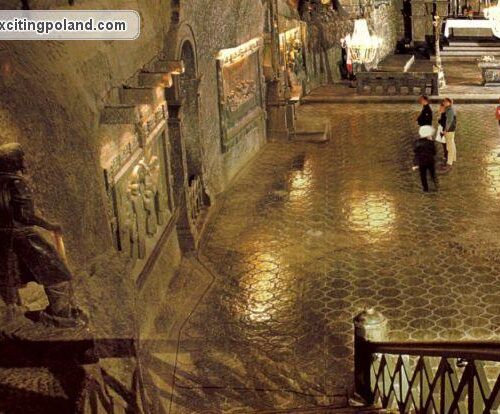
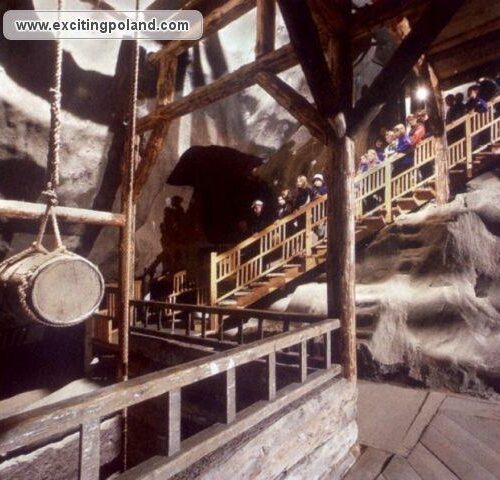

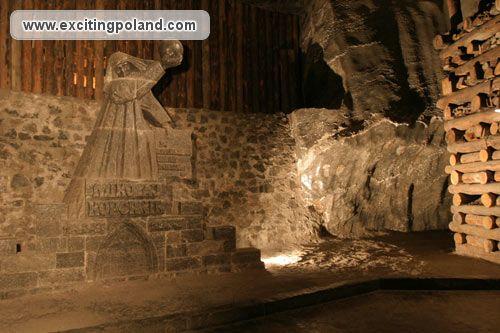
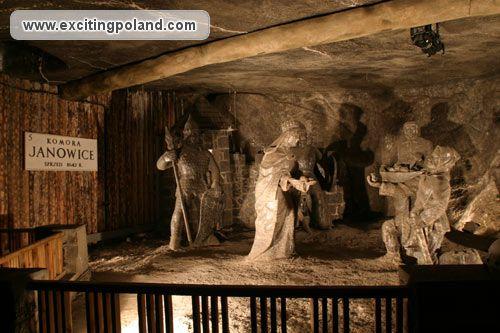
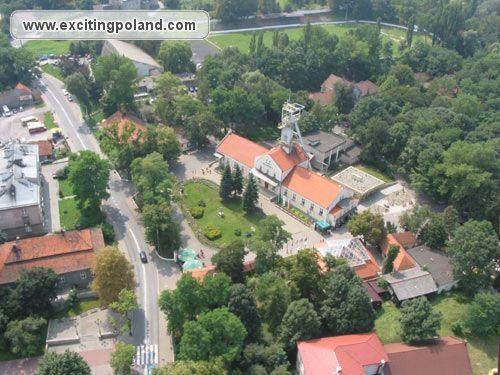


 credit card payments
credit card payments